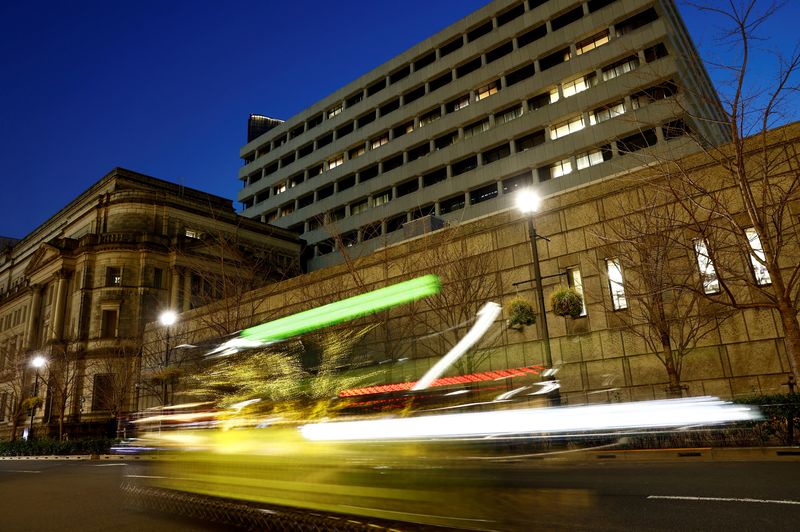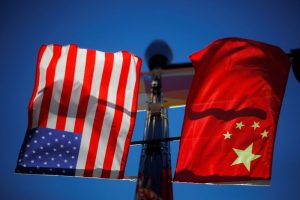
By Leika Kihara
TOKYO (Reuters) -The Bank of Japan must raise interest rates to at least 1% by the second half of the fiscal year beginning in April, hawkish board member Naoki Tamura said on Thursday, remarks that pushed up the yen as they reinforced bets of a near-term rate hike.
Inflationary risks were building up as companies continue to pass on rising raw material and labour costs, which required lifting the BOJ’s policy rate to levels deemed neutral to the economy, he said.
Tamura said he sees Japan’s neutral rate to be at least 1%, adding rates must reach that level by the latter half of fiscal 2025, when the outcome of annual wage negotiations will likely confirm broad-based pay increases including for small firms.
“If short-term interest rates stay below the level of the neutral interest rate, this will further push up inflation,” Tamura said in a speech.
The dollar briefly fell to a two-month low of 151.81 yen after Tamura’s remarks, as markets continued to price in the chance of a near-term rate hike.
The two-year Japanese government bond (JGB) yield hit 0.765%, the highest level since October 2008. Markets are pricing in roughly a 50% chance of another rate hike in July.
A former commercial banker seen as the most hawkish member of the board, Tamura said inflation expectations among firms and households likely already reached 2%.
But he said the BOJ must time its rate hikes carefully without any preconception given the potential impact on the Japanese public, who have long experienced ultra-low rates.
“Bearing in mind that short-term interest rates should be at 1% by the second half of fiscal 2025, I think the Bank needs to raise rates in a timely and gradual manner, in response to the increasing likelihood of achieving its price target,” he said.
The central bank must carefully assess how the economy and prices respond to each rate hike, Tamura said, making no explicit comment on how soon the BOJ could tighten policy again.
“Even if the policy rate was to be raised to 0.75%, real interest rates would remain significantly negative,” he said, adding there would “still be a long way to go” before reaching a level that would cool growth.
“Put differently, now is the time for the Bank to ease off slightly from pressing hard on the accelerator of monetary easing, so that it can slow down when necessary while avoiding a harsh brake,” Tamura said.
The BOJ raised interest rates last month to 0.5%, their highest since the 2008 global financial crisis, reflecting its conviction that Japan was on track to sustainably achieve its 2% inflation target.
